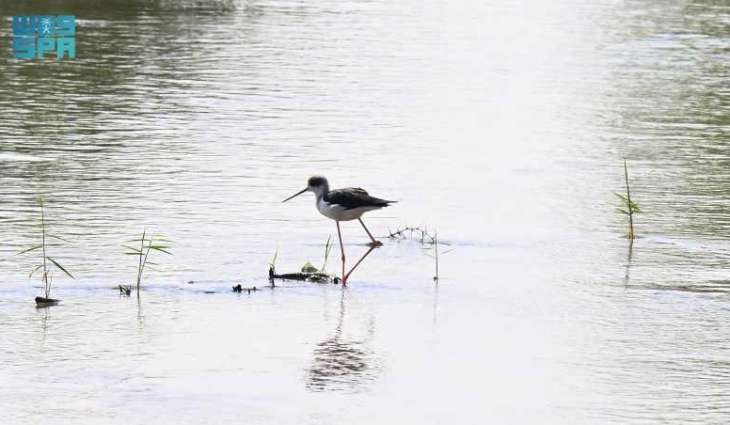Madinah, October (پاکستان پوائنٹ نیوز 17 اكتوبر 2025ء) Al Madinah Region Development Authority has teamed up with experts and researchers to raise community awareness of these bird species in all environments, including residential areas and public parks. This initiative aims to foster a love of nature, encourage birdwatching and photography, and emphasize the birds’ importance to the environment, with the ultimate goal of establishing and investing in dedicated birdwatching sites across Madinah.
The authority has recorded 26 common bird species in the region and issued a scientific reference detailing numerous observed species. It provides comprehensive identification information, including Names in Arabic, English, and local colloquial terms, along with detailed diagnostic characteristics, preferred environments, food types, and field observations.
The birds inhabiting Madinah’s biodiversity areas include several distinct species. The weaver bird, bright yellow in color, is commonly found in gardens and valleys and is known for the male’s skill in weaving nests among tall trees such as jujube and palms.
The cow heron, a prominent native bird, is distinguished by its white color and is frequently observed in agricultural areas and near livestock, including in Al-Bayda Park and Wadi Al-Aqiq.
The rare sandgrouse, with its sand-colored body and distinctive brown neck, is well-camouflaged and breeds in valleys outside Madinah.
Other common species include the common myna bird, the rose-ringed parakeet, and the laughing dove, which is often seen in farms and residential areas. The eastern bee-eater, the light gray collared dove, and the well-known rock pigeon are also widespread.
Further recorded species found in the region’s diverse environment include the black kite, hoopoe, swallow, sand partridge, kingfisher, shrike, house sparrow, and pycnonotus goiavier. Madinah’s natural environment remains a vital habitat that supports a unique biological ensemble, underscoring the attention given by relevant authorities to preserving its components and raising community awareness about wildlife conservation.




